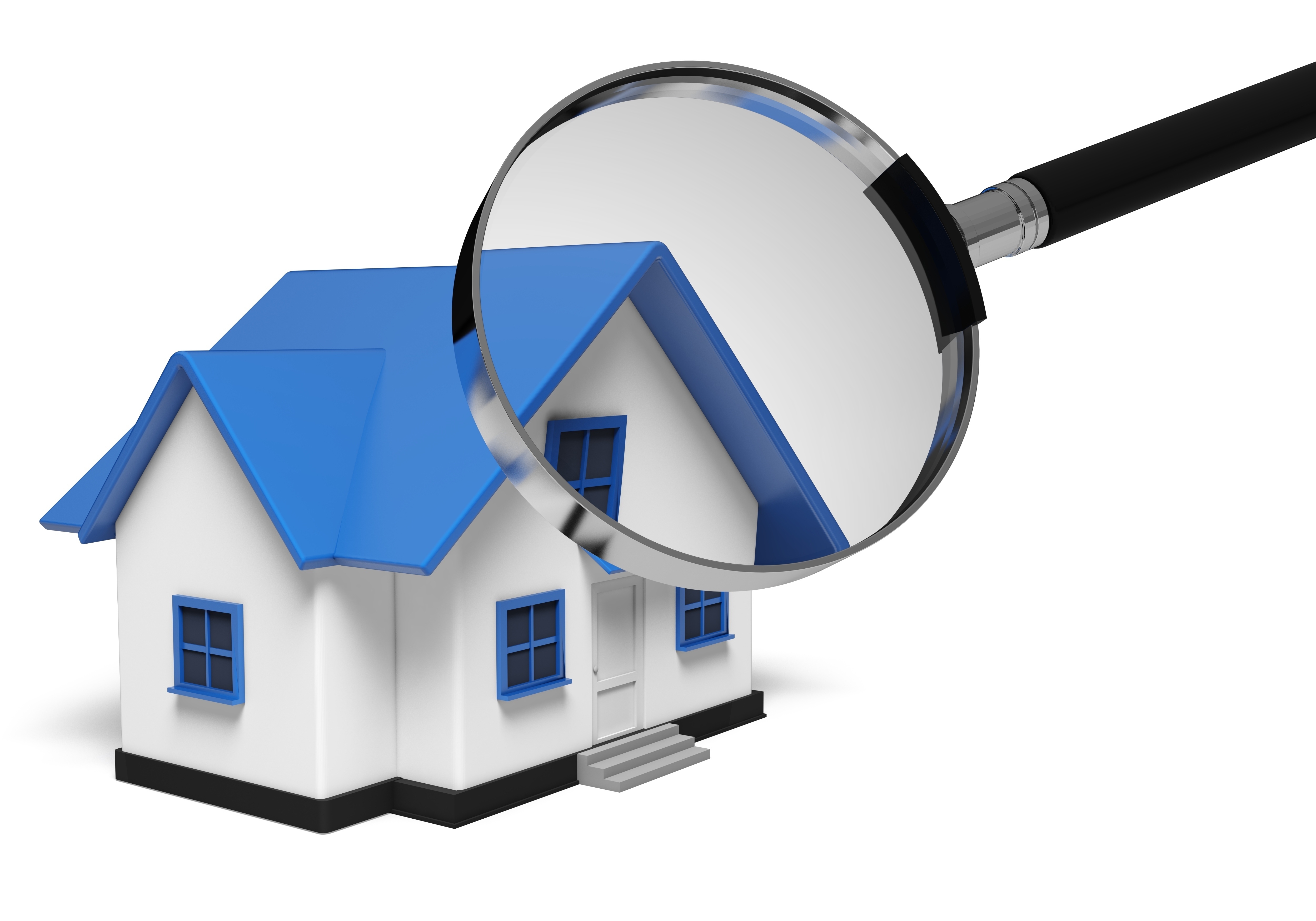
Real Property Appraisals: A PrimerA home purchase can be the largest transaction many people could ever encounter. Whether it's a main residence, a second vacation home or a rental fixer upper, the purchase of real property is a detailed financial transaction that requires multiple people working in concert to make it all happen. Practically all the participants are very familiar. The most known face in the exchange is the real estate agent. Next, the bank provides the financial capital necessary to fund the transaction. And ensuring all aspects of the sale are completed and that a clear title passes from the seller to the purchaser is the title company. So, who's responsible for making sure the value of the property is in line with the purchase price? This is where the appraiser comes in. We provide an unbiased opinion of what a buyer might expect to pay — or a seller receive — for a property, where both buyer and seller are informed parties. A licensed, certified, professional appraiser from David Pfrigon Appraisals will ensure, you as an interested party, are informed. Appraisals start with the property inspectionTo determine the true status of the property, it's our duty to first perform a thorough inspection. We must actually view features, such as the number of bedrooms and bathrooms, the location, living areas, etc, to ensure they really exist and are in the condition a typical buyer would expect them to be. To ensure the stated square footage has not been misrepresented and illustrate the layout of the house, the inspection often requires creating a sketch of the floorplan. Most importantly, the appraiser looks for any obvious features - or defects - that would affect the value of the property. Following the inspection, we use two or three approaches to determining the value of the property: sales comparison and, in the case of a rental property, an income approach. 
Cost ApproachThis is where the appraiser uses information on local building costs, labor rates and other factors to determine how much it would cost to construct a property comparable to the one being appraised. This figure usually sets the upper limit on what a property would sell for. It's also the least used predictor of value. 
Analyzing Comparable SalesAppraisers get to know the neighborhoods in which they work. They thoroughly understand the value of specific features to the homeowners of that area. Then, the appraiser researches recent sales in the vicinity and finds properties which are 'comparable' to the property at hand. By assigning a dollar value to certain items such as square footage, extra bathrooms, hardwood floors, fireplaces or view lots (just to name a few), we adjust the comparable properties so that they are more accurately in line with the features of subject property.
After all differences have been accounted for, the appraiser reconciles the adjusted sales prices of all the comps and then derives an opinion of what the subject could sell for. At David Pfrigon Appraisals, we are an authority in knowing the worth of real estate features in Clay Center and Clay County neighborhoods. This approach to value is usually awarded the most consideration when an appraisal is for a real estate sale. Valuation Using the Income ApproachIn the case of income producing properties - rental houses for example - we may use an additional approach to value. In this scenario, the amount of income the property produces is factored in with other rents in the area for comparable properties to determine the current value. ReconciliationExamining the data from all approaches, the appraiser is then ready to document an estimated market value for the property in question. The estimate of value at the bottom of the appraisal report is not necessarily the final sales price even though it is likely the best indication of a property's valueThere are always mitigating factors such as the seller's desire to get out of the property, urgency or 'bidding wars' that may adjust an offer or listing price up or down. But the appraised value is typically used as a guideline for lenders who don't want to loan a buyer more money than they could recover in case they had to put the property on the market again. The bottom line is, an appraiser from David Pfrigon Appraisals will help you discover the most fair and balanced property value, so you can make the most informed real estate decisions. |